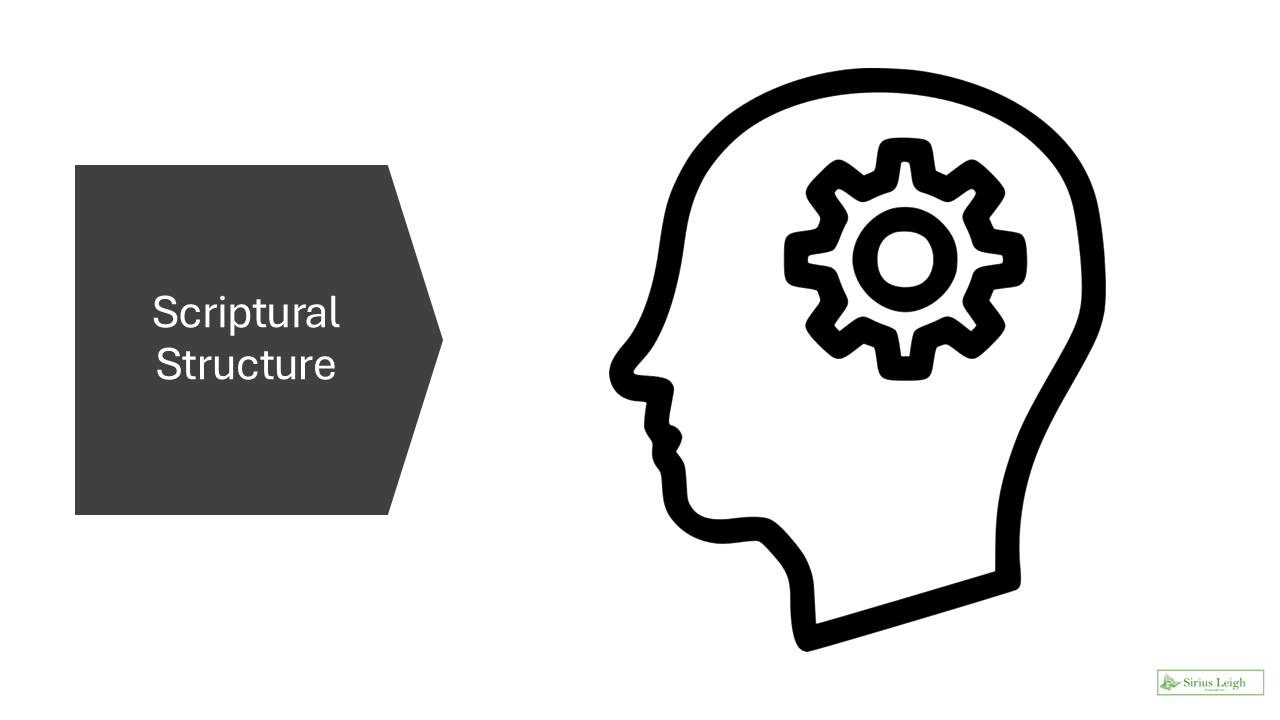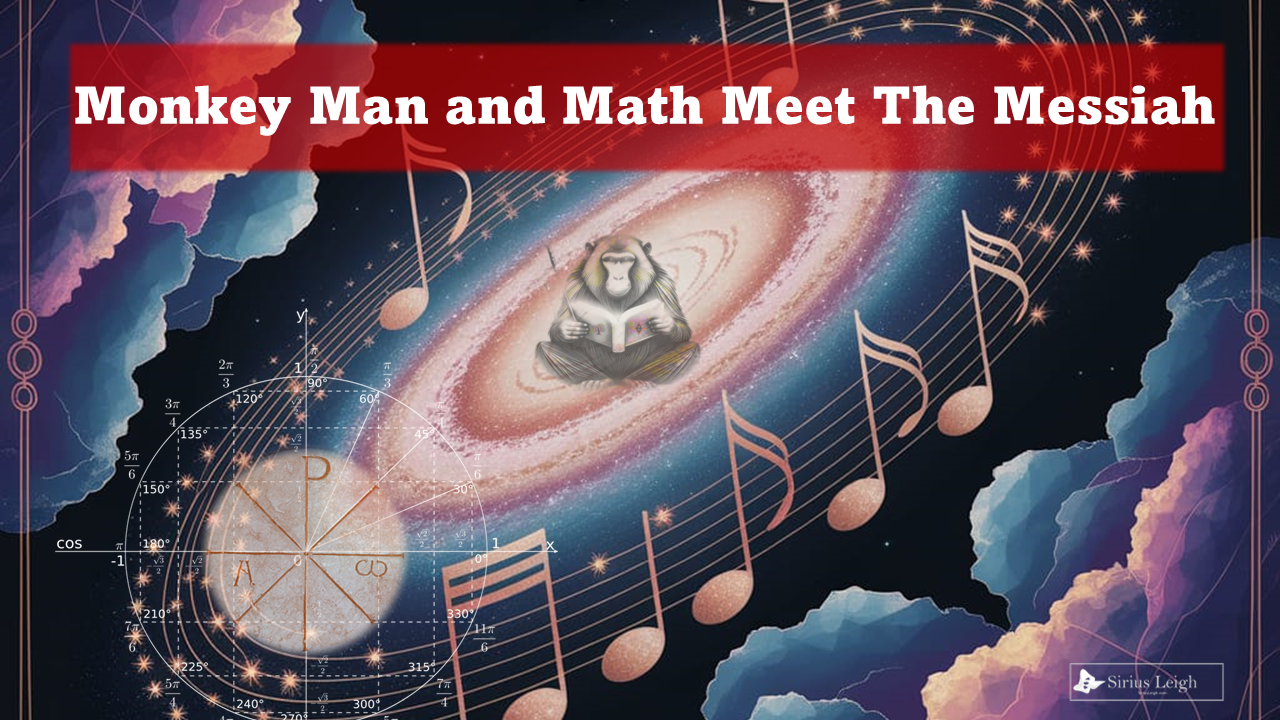
Scriptural Structure
Even though I draw heavily from my personal story to illuminate Biblical truth, I want to be clear:
I take the Word seriously.
My metaphors may stretch into fractals. My stories might pull from grief, sound, or quantum logic.
But I don’t confuse poetic license with doctrinal looseness.
There’s a difference between allusionAn allusion (not to be confused with an illusion) is a literary device where a writer or artist makes an More and delusion.
So when I reference scripture, I hold myself accountable by returning to deeply rooted, widely respected frameworks, one of which is Matthew Henry’s Commentary on the Whole Bible #ad.
Originally written in the early 1700s, Matthew Henry’s work is a foundational text in Protestant thought. It’s not just a verse-by-verse breakdown, it’s a theological meditation, brimming with pastoral insight, historical context, and spiritual application. For centuries, it’s been used by preachers, scholars, and students alike because it doesn’t just say what a verse means, it often explores why it matters.
Personally, I find it more illuminating than simply reaching for a concordance. While a concordance tells you what a word means, Henry tells you what that word might be doing there.
It provides a structure, a tone, and a way of thinking through scripture that respects both tradition and personal conviction.
Of course, each person still has to determine how these insights land in their own life. No commentary replaces the work of spiritual discernment. But using Matthew Henry’s commentary gives me, and those I teach, a reliable springboard into deeper reflection, especially when navigating unfamiliar symbolic or archetypal ground.
The Bible isn’t a relic. It’s a living fractal.
But even a living fractal has a seed structure.
And I choose to anchor my patterns in something tested by time.
In his commentary on 2 Kings 4:1–7, Matthew Henry interprets the passage as a testimony to God’s providential care for His faithful servants and their families. The narrative centers on a destitute widow of one of the “sons of the prophets,” who appeals to the prophet Elisha for aid. Henry emphasizes the woman’s piety and distress, noting that though her husband was a God-fearing man, she was left vulnerable to creditors. This underscores Henry’s recurrent theme: that affliction is not necessarily a sign of divine disfavor but can accompany righteous living.
Elisha’s response is seen as emblematic of the Divine economy – requiring both faith and action. Henry draws attention to the prophet’s directive to gather vessels “not a few,” interpreting this as an invitation to expansive faith. The miracle of the oil, which flowed only as long as there were vessels to receive it, symbolizes the limitless supply of God’s mercy constrained only by the limits of human expectation and preparation. Finally, Henry observes that the widow was instructed to sell the oil and live on the remainder, stressing that God’s provision enables both deliverance from immediate need and the establishment of ongoing stability. The story, in Henry’s view, reflects the interplay between divine intervention and human obedience in the fulfillment of God’s sustaining grace.
Many people read Bible stories as a chore or an obligation, but once you realize (as in become fully…
(A Parable) Monkey Man had been grinding since his first neuron fired. He’d learned early that safety came through…
Like Sisyphus and his boulder, many of us spend our lives pushing toward transformation, only to feel it roll…
The Spirit of Truth reveals different insights to each individual, prompting self-discovery. Macbeth’s tragic downfall stems from ambition and…




